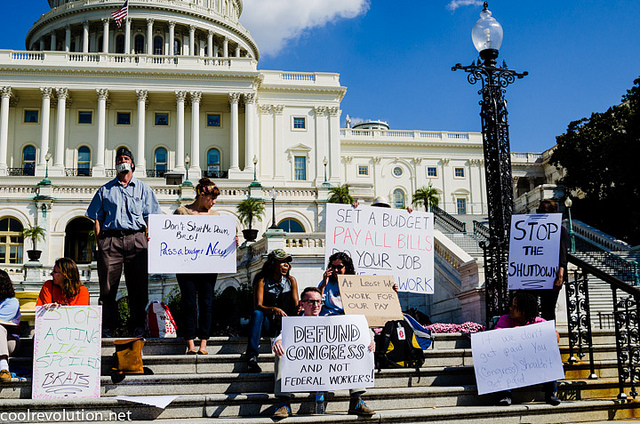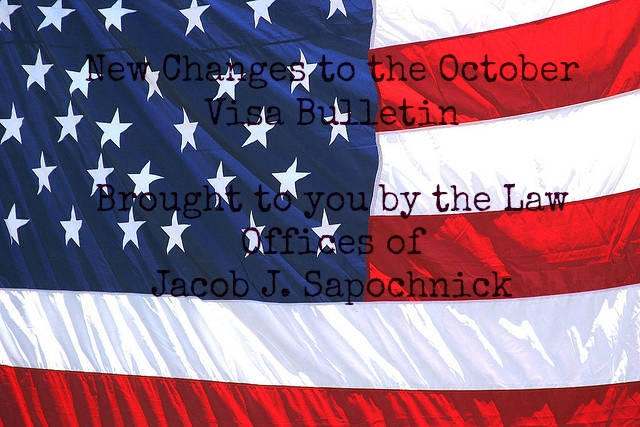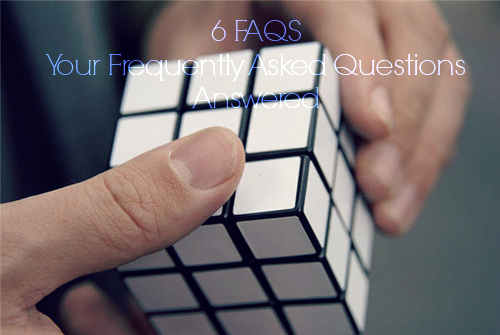As some of you may have heard, on September 25th the US Department of State made some additional changes to the October 2015 Visa Bulletin. These changes include new and earlier date of filing cut-offs than those initially released on September 9th. The date of filing chart released on September 25th will replace the prior one released on September 9th. To view the complete changes please click here. These new changes have raised several concerns for our readers.
What caused the visa numbers to be re-issued after their release on September 9, 2015?
Though we cannot ascertain the exact reasons why these changes have come about, we can make the fair assumption that these changes were likely due to workload concerns and a lack of resources necessary to accommodate the large amount of adjustment of status applications expected to be filed beginning October 1st. The anticipated workload may have given the Department of State no choice but to retrogress the visa numbers in heavily used categories.
Is the Department of State reneging on their promise to modernize and streamline the immigration process as part of Obama’s executive actions on immigration?
While it is disappointing that the visa numbers on the ‘date of filing’ chart have retrogressed, a departure from the promised executive actions does not seem to be the case. The visa numbers have been adjusted in an effort to streamline the immigration process in a way that is viable, practical, and effective. Dates of filing have been adjusted for family-sponsored and employment-based preferences to create a practical timeline that provide CIS the sufficient time needed to process the large volume of anticipated adjustment of status applications.
 Visa Lawyer Blog
Visa Lawyer Blog













